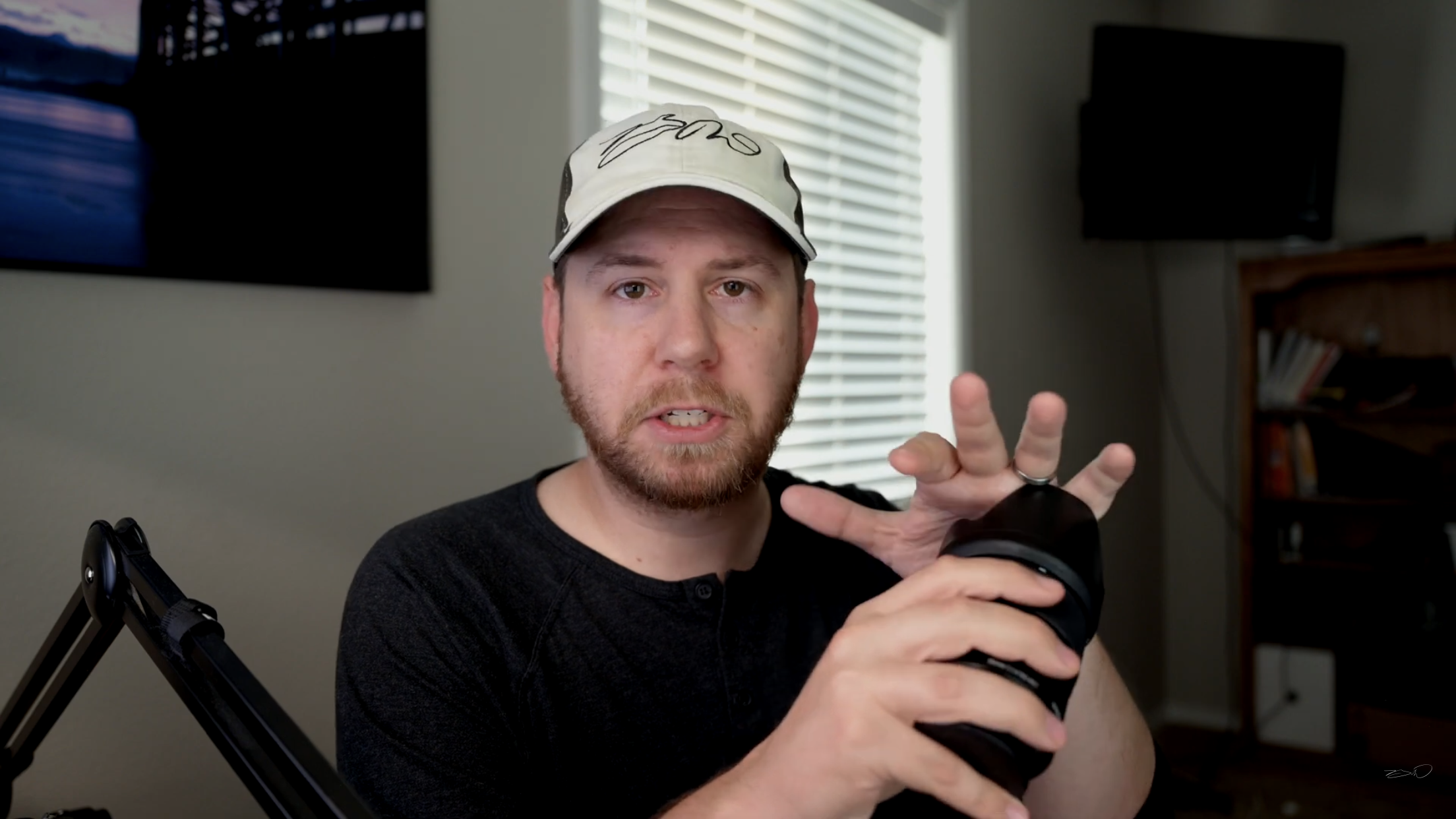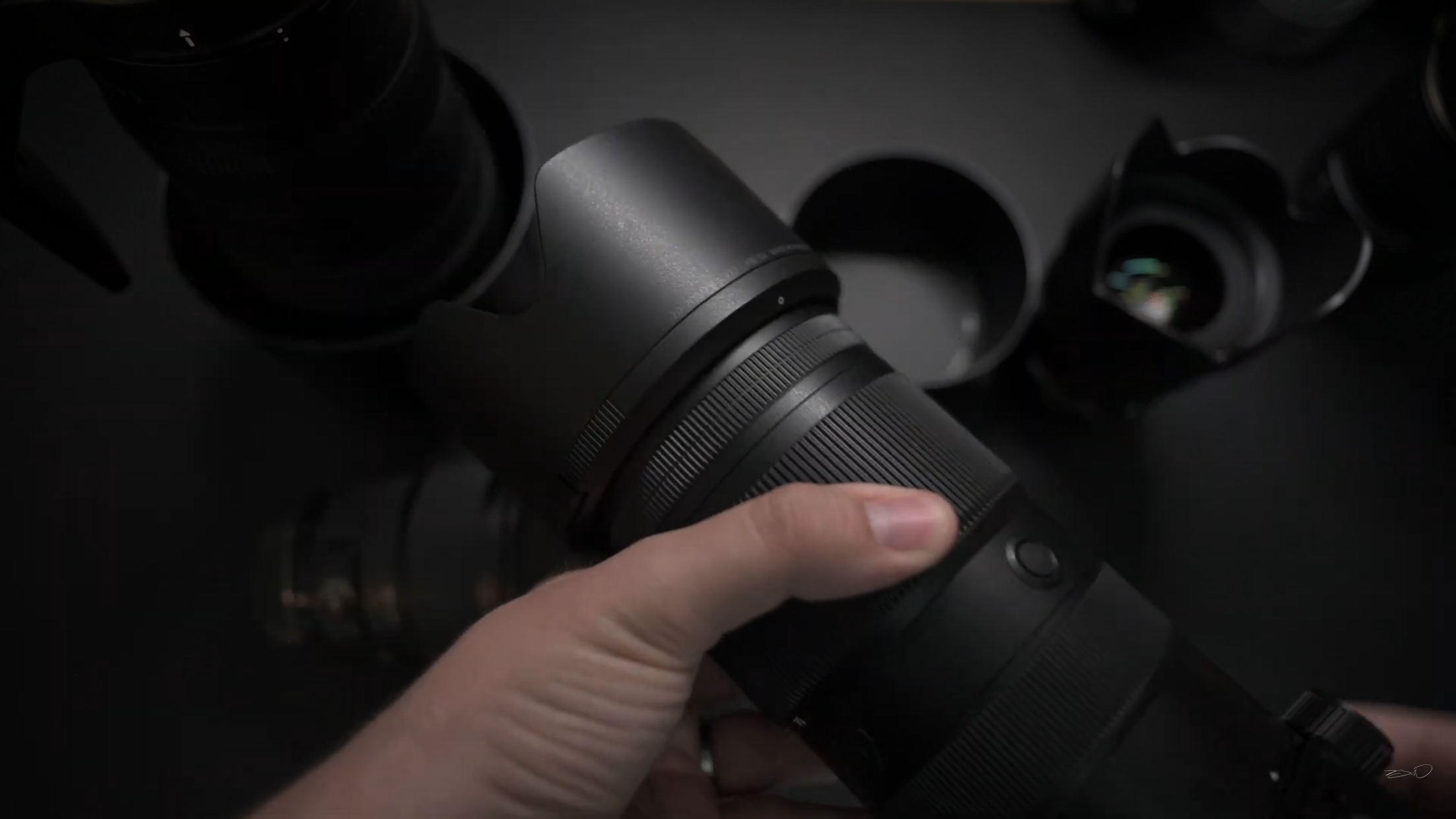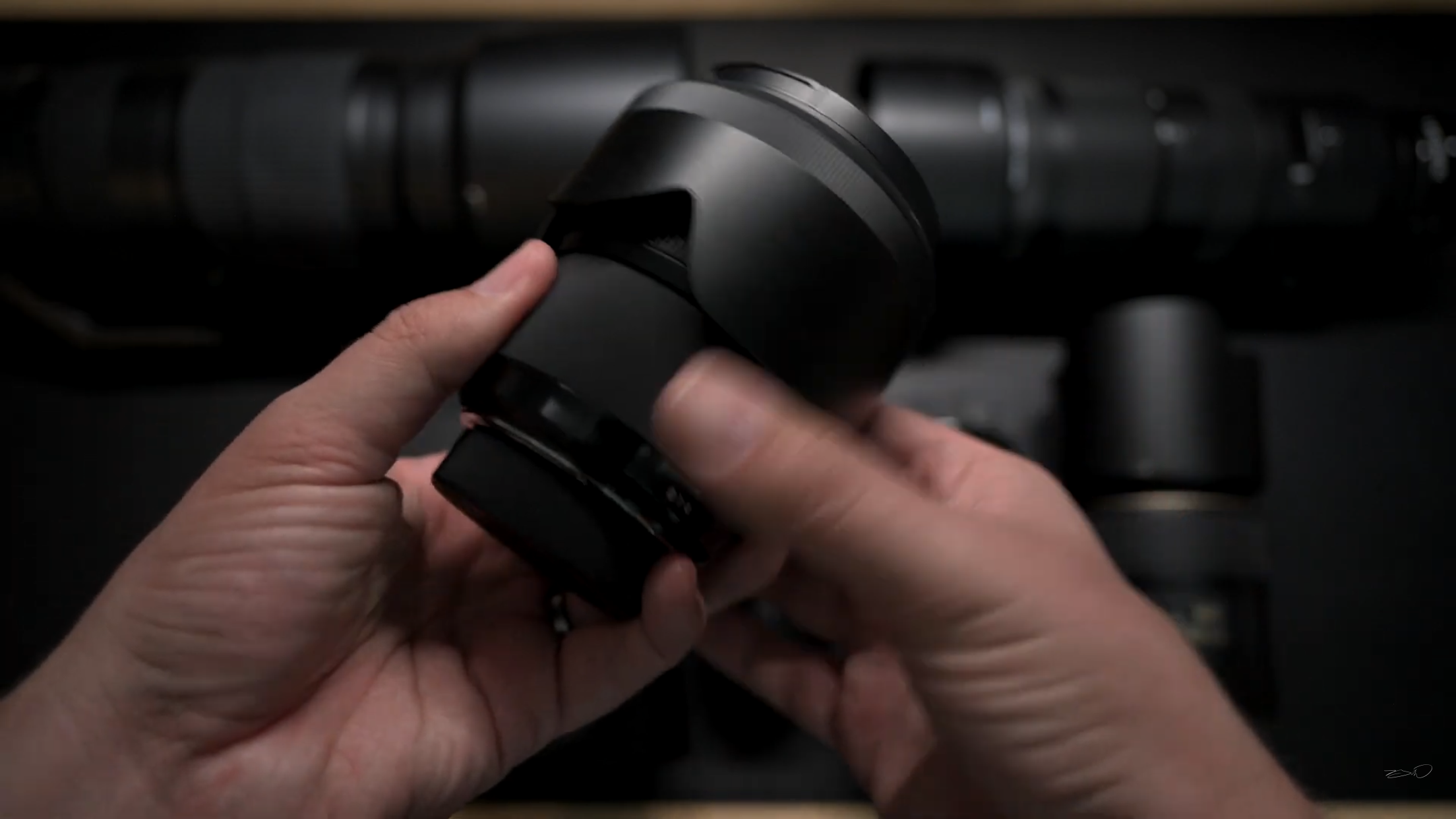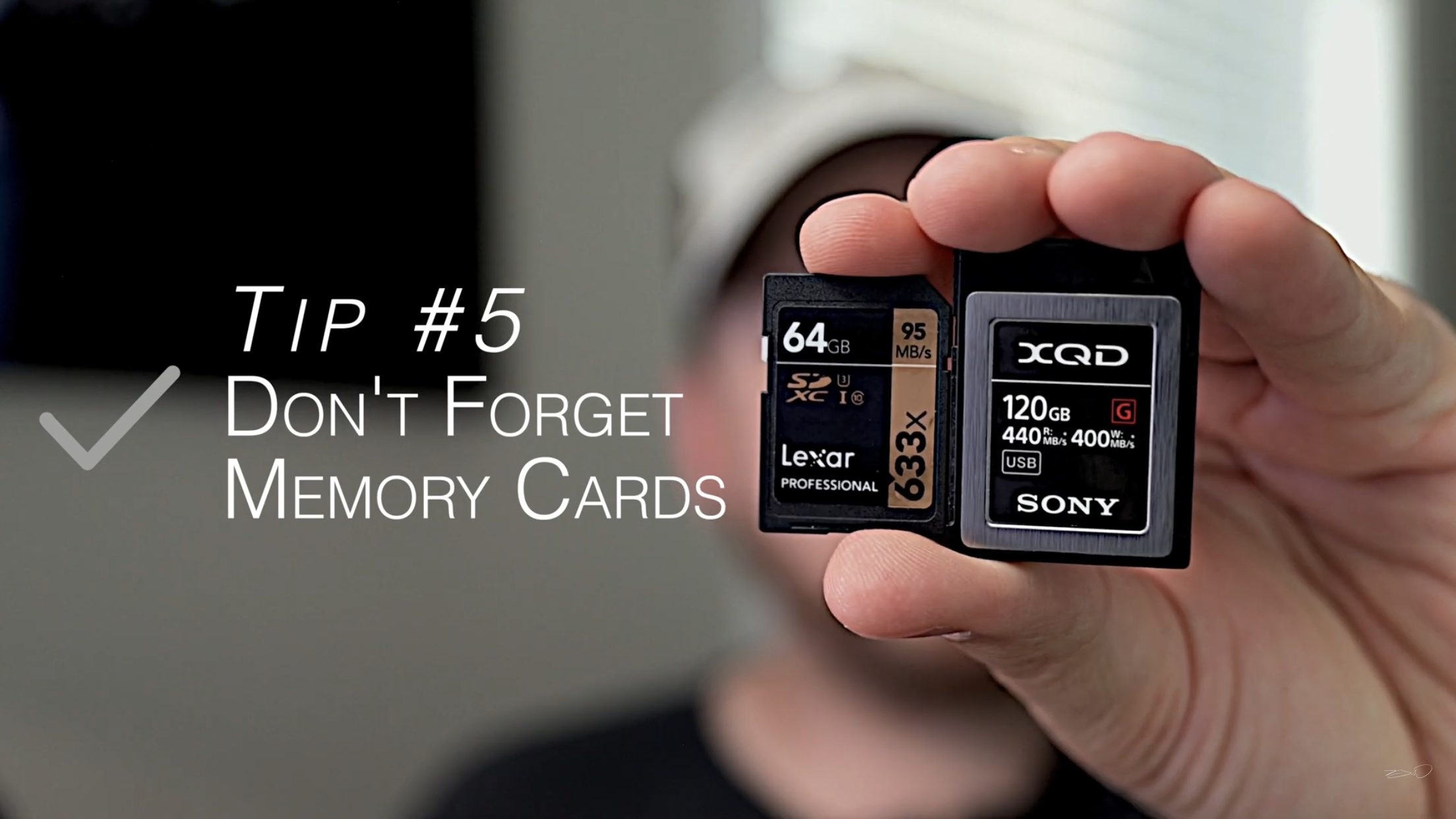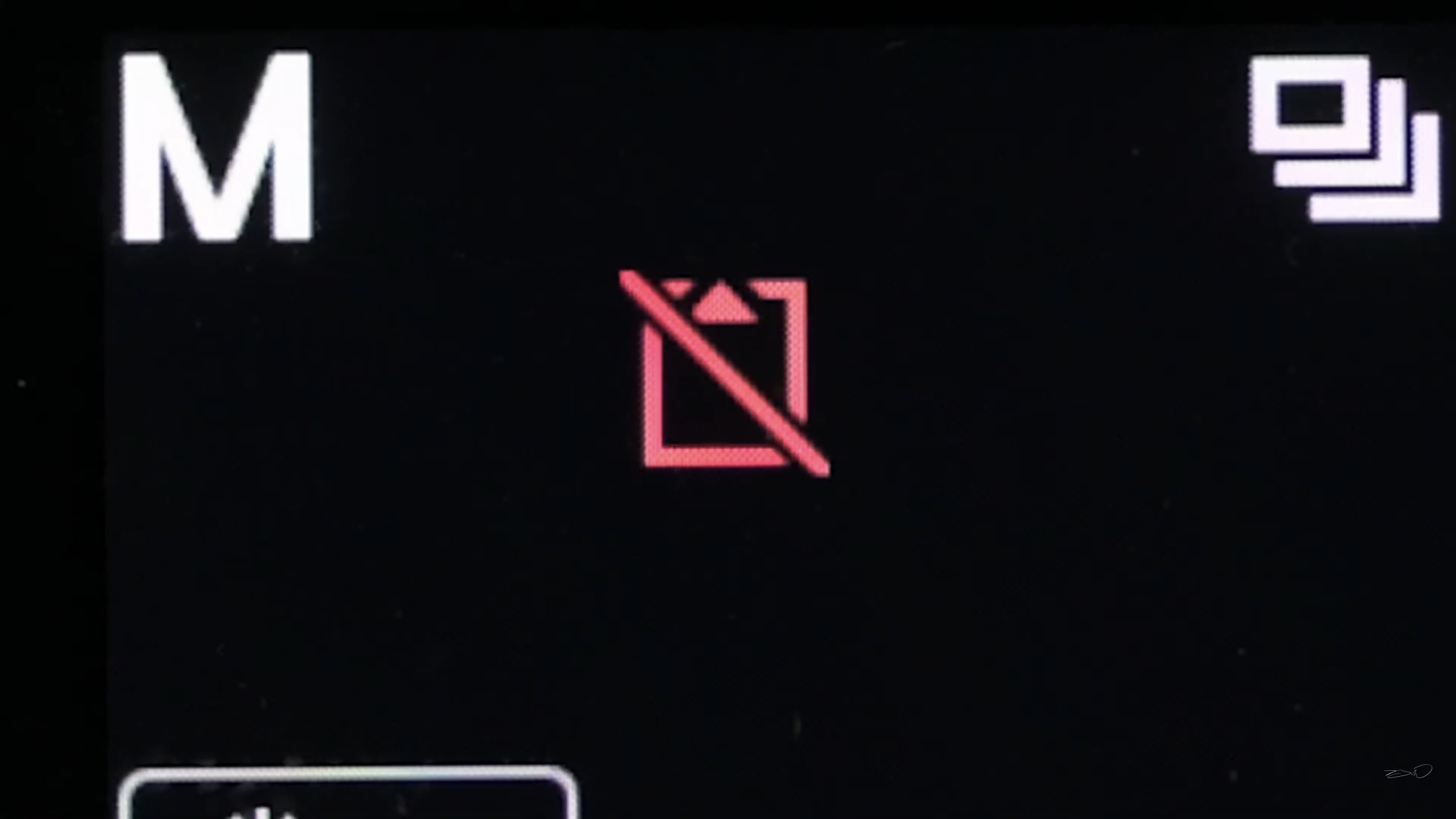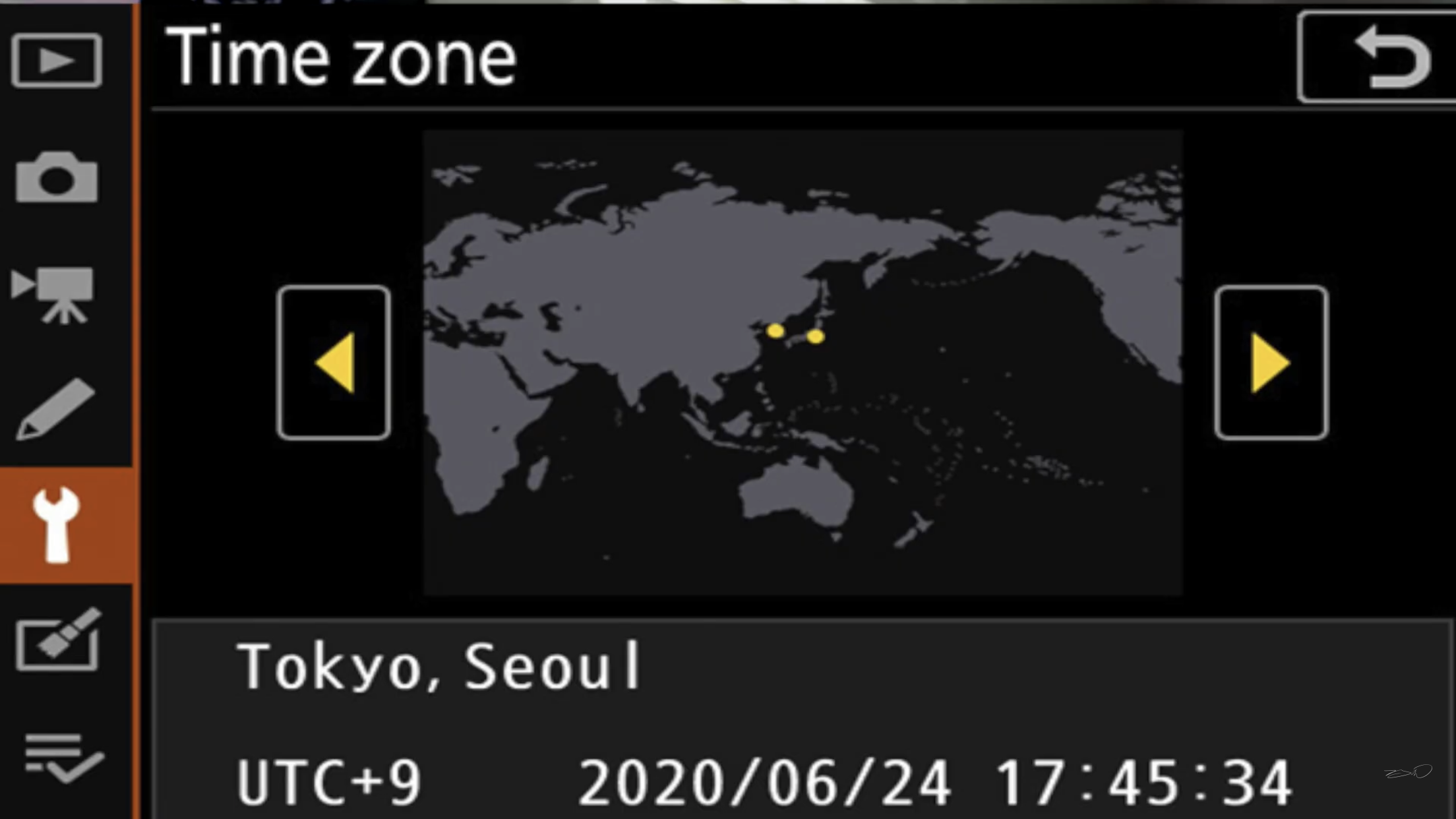Basic Photography Tips | Part 2
Basic Photography Tips | Part 2
As working professionals we are constantly trying to remember and keep track of a million things for our upcoming photo shoots. So before you head out that door… WAIT!! Take a couple minutes to make sure you have these specific things ready to go before you do.
This list below continues from our previous blog post:
Follow me here:
Join the Facebook Group: Photography Basics for Beginners & Beyond on my website.
Tip #4: Use A Lens HooD
When shooting regardless if it’s day or night, inside or outside, always use a lens’ lens hood. It will reduce stray light from creating distracting flares from showing up in your images along with light haze.
Notice the lens flare showing up in this image. You can see the very noticeable green circles showing up in the image.
The lens hood can even protect the lens from coming into contact with the ground, walls, or other things. This added layer of protection is very important in keeping that front glass element safe from dents, scratches, and cracks.
Lens hoods come in all shapes and sizes. They are unique to their lens’s design and focal length.
The lens hood on properly when shooting
The lens hood when not shooting and kept stored away with the lens.
Screw the lens hood on so it protrudes out from the front element of the lens and when you are done using it flip it around and screw it on backwards so the hood is over the lens. This allows for the lens hood to be attached to the lens without adding more space the lens already takes up.
Tip #5: Don't Forget Memory Cards
DON’T FORGET TO PUT IN YOUR MEMORY CARD!
I have seen many posts of photographers heading out to shoot and forget to bring their memory card/s and then have to go out and buy one in the middle of the event/shoot making the client’s suffer for something so simple as putting the memory card back into your camera at home. Also have spare batteries charged and spare memory cards emptied and ready in case of any technical difficulties during a shoot or in general when you are out in the field. Be prepared and have a backup plan!
To avoid looking unprofessional in front of your clients, be sure to have backups in bag.
When you don’t have your memory card in your camera.
Keep a memory card case on you with spare memory cards inside.
It would be embarrassing to show up to a photo shoot or event without your memory cards. You won’t like having to tell your clients that you forgot to put them in your bag or in your camera. Always have backups and plan ahead.
Tip #6: Sync Your Cameras
If you are shooting an event and using two or more cameras, always remember to sync the camera’s dates, time, and time zones before shooting. This will help keep all of your files in chronological order when you get them in the computer later on. Be especially mindful when traveling for an event, shoot, or trip and whether you are taking all of your cameras or just one, keep them synced before shooting.
Select “Time zone and date” to make necessary adjustments if/when you arrive in a new time zone area during travel.
Make necessary adjustments to the day and time if you are traveling for a shoot.
Choose the correct time zone you are in if making any log distance traveling for your event or photo shoot.
I hope these tips were helpful and if they were please click the “Like” button and leave us a comment with what you found most interesting. If you think someone else could benefit from this too please share it with others as well.
Check back for other videos and posts related to photography basics and tips.
